UK birds threatened by climate change
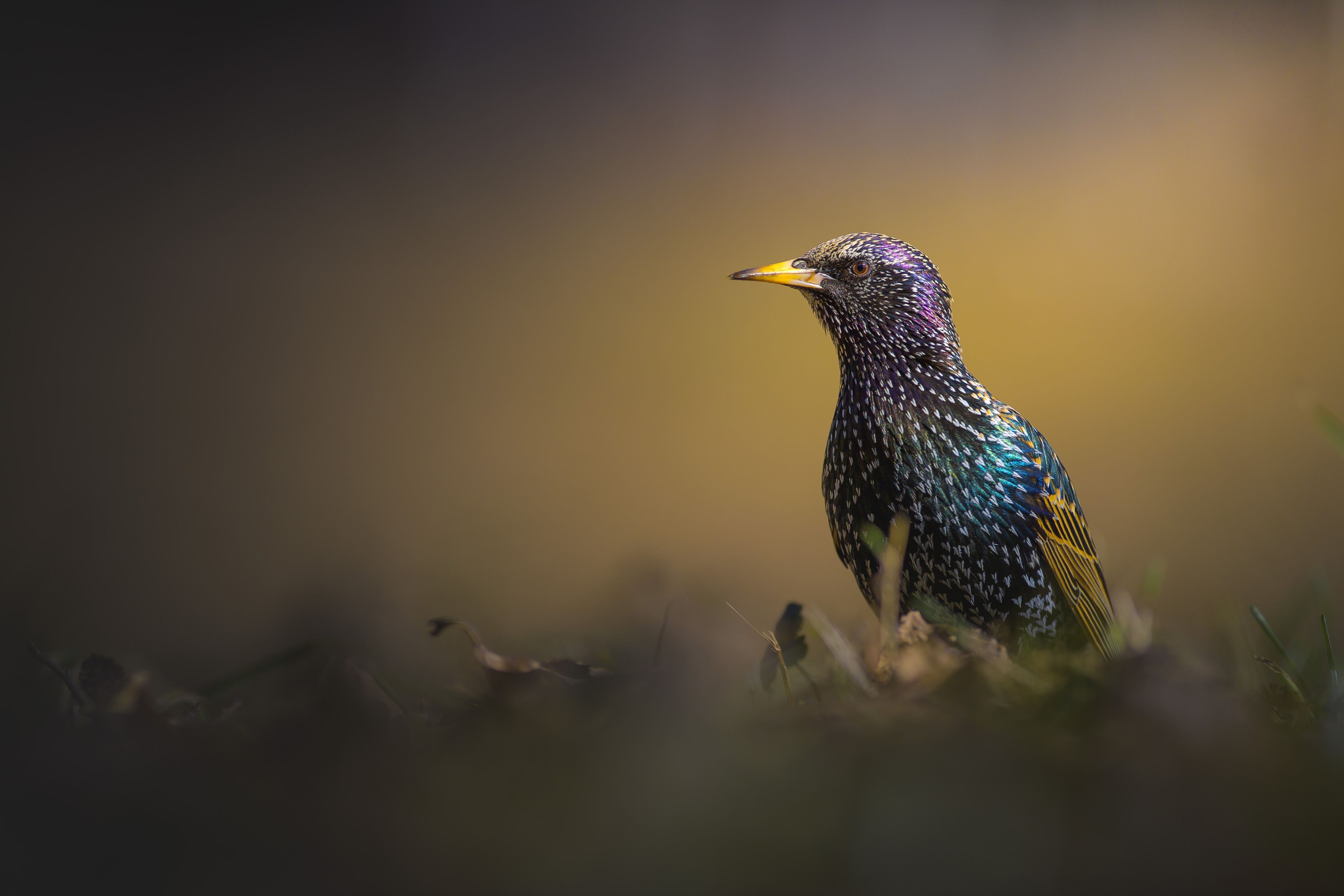
Bird Song
Some UK bird species will be lost entirely by the end of the century, experts say.
Birdsong can sometimes blend into the noises of everyday life, but soon some species may be silenced forever by climate change.
Julian Hughes, Head of Species at RSPB Cymru said: “We will lose a lot of nature very quickly. I am shocked and actually quite scared at the speed at which we are losing species.”
“It is hard to think of any species that is not going to be affected by climate change, most species are already being impacted to some extent,” he added.
A recent report by a coalition of nature organisations identified that out of the 619 UK bird species, 70 are now on the red list of threatened UK birds and 103 are on the amber alert.
Birds are put on the Red List when:
· They are threatened with global extinction
· They have undergone a severe historic population decline in the UK since 1800
· Their breeding numbers in the UK have fallen by at least half in the last 25 years +
· Their breeding range in the UK has severely shrunk by at least 50% in the last 25 years +
Photo: Timothy Collins Via Wikimedia Commons
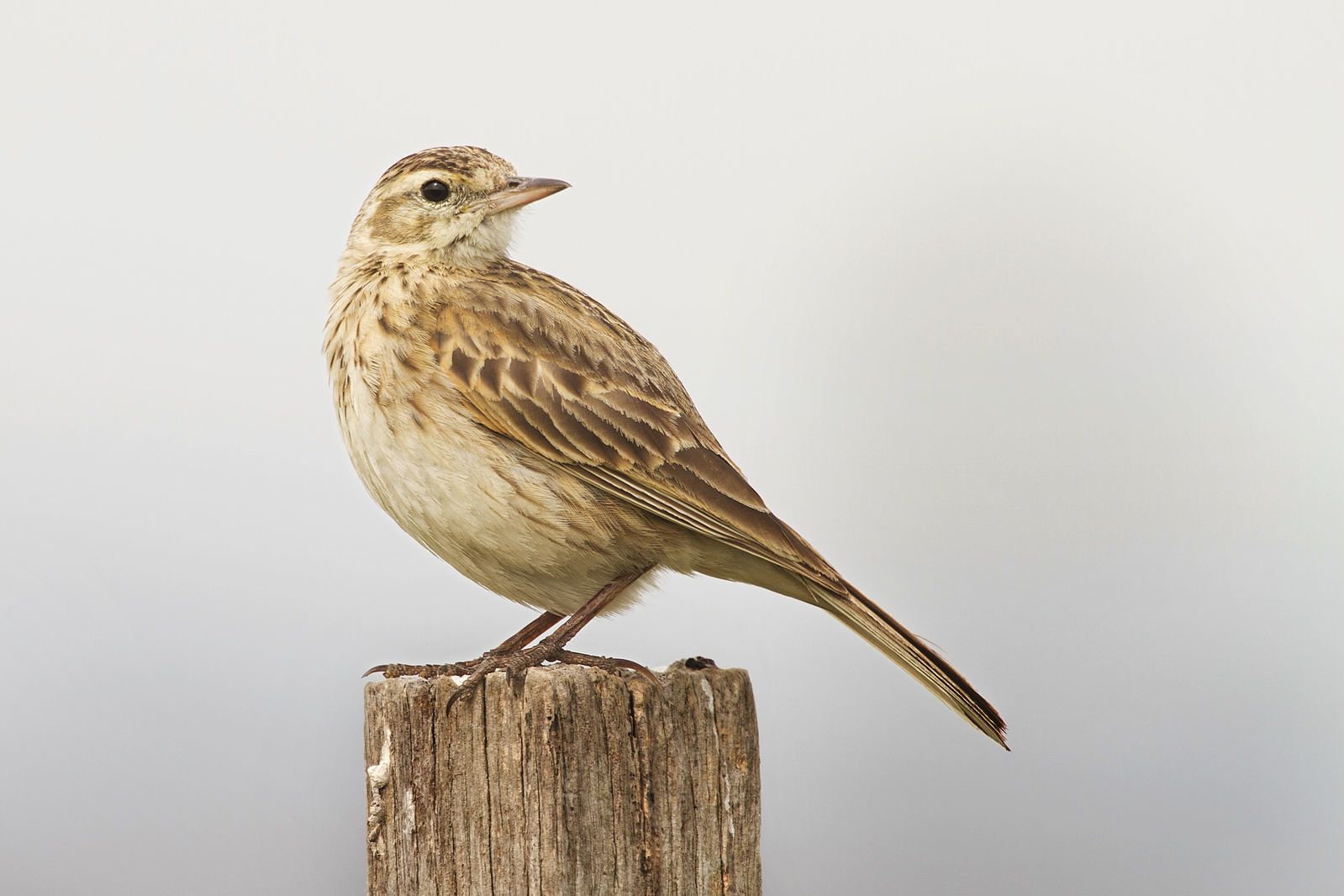
The reasons for the decline of UK bird species are complex and interconnected.
Mr Hughes said: “Everything is dependent on climate.”
Climate change will not necessarily lead to a dramatic decline or extinction for all birds, but it will impact every species in some way.
“I don't want people to grow up not being able to hear the sound of birds when they go in the woods, that is part of the quality of life,” said Mr Hughes.
Professor James Pearce-Higgins, British Trust for Ornithology Director of Science said: “Less harsh winters, due to climate change, affects bird species, either positively or negatively.
The Professor explained that the species that will be worst affected will be those living in small cut-off habitats, ones with low populations, or those under threat from other pressures, such as hunting or disease.
“These vulnerable populations may then be wiped out from a combination of these other pressures and extreme events.
“The climate could change so much that those species must move to survive, but they may not be able to due to other pressures or a hostile landscape,” he said.
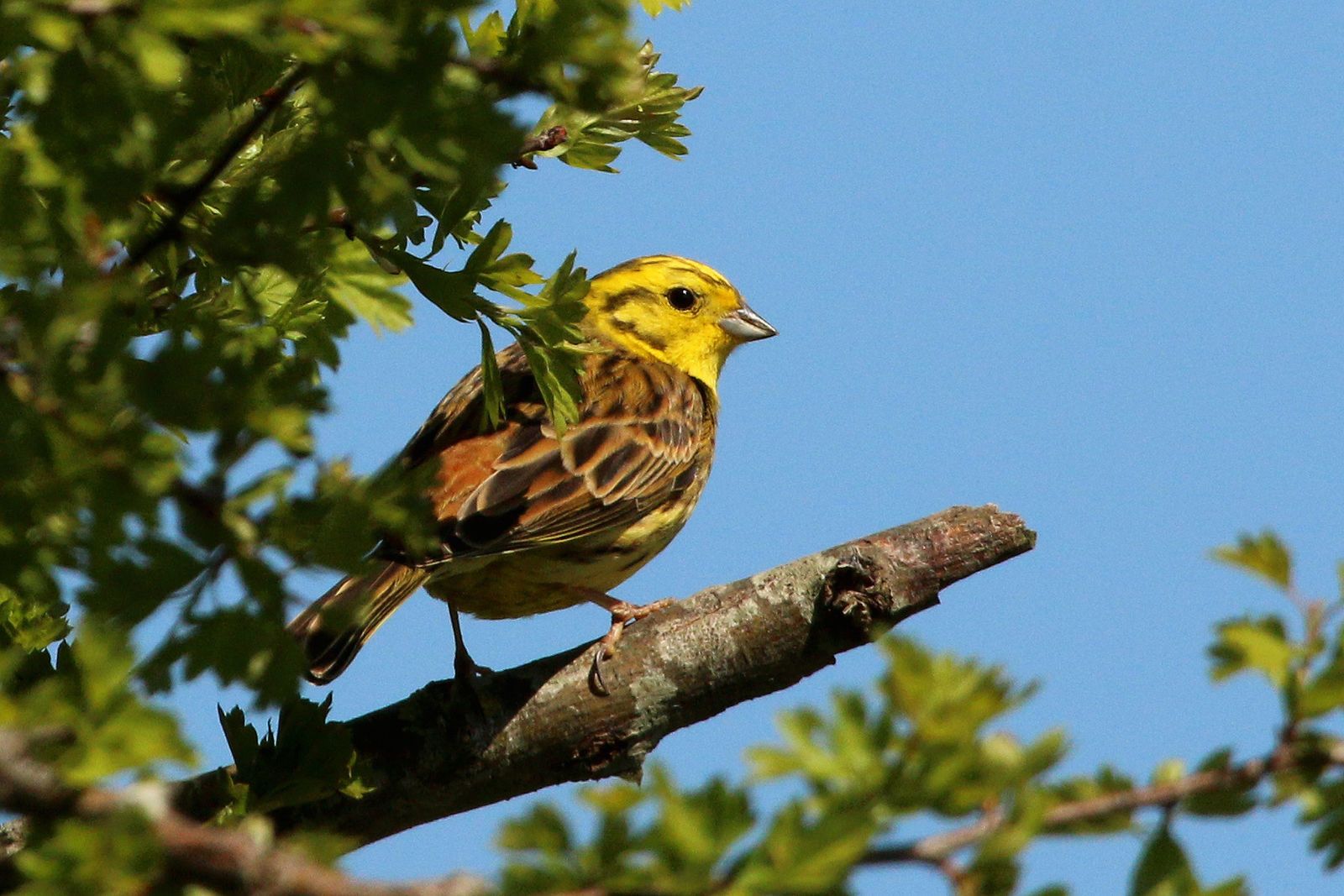
Yellowhammer by Charles J Sharp Via Wikimedia Commons
Yellowhammer by Charles J Sharp Via Wikimedia Commons
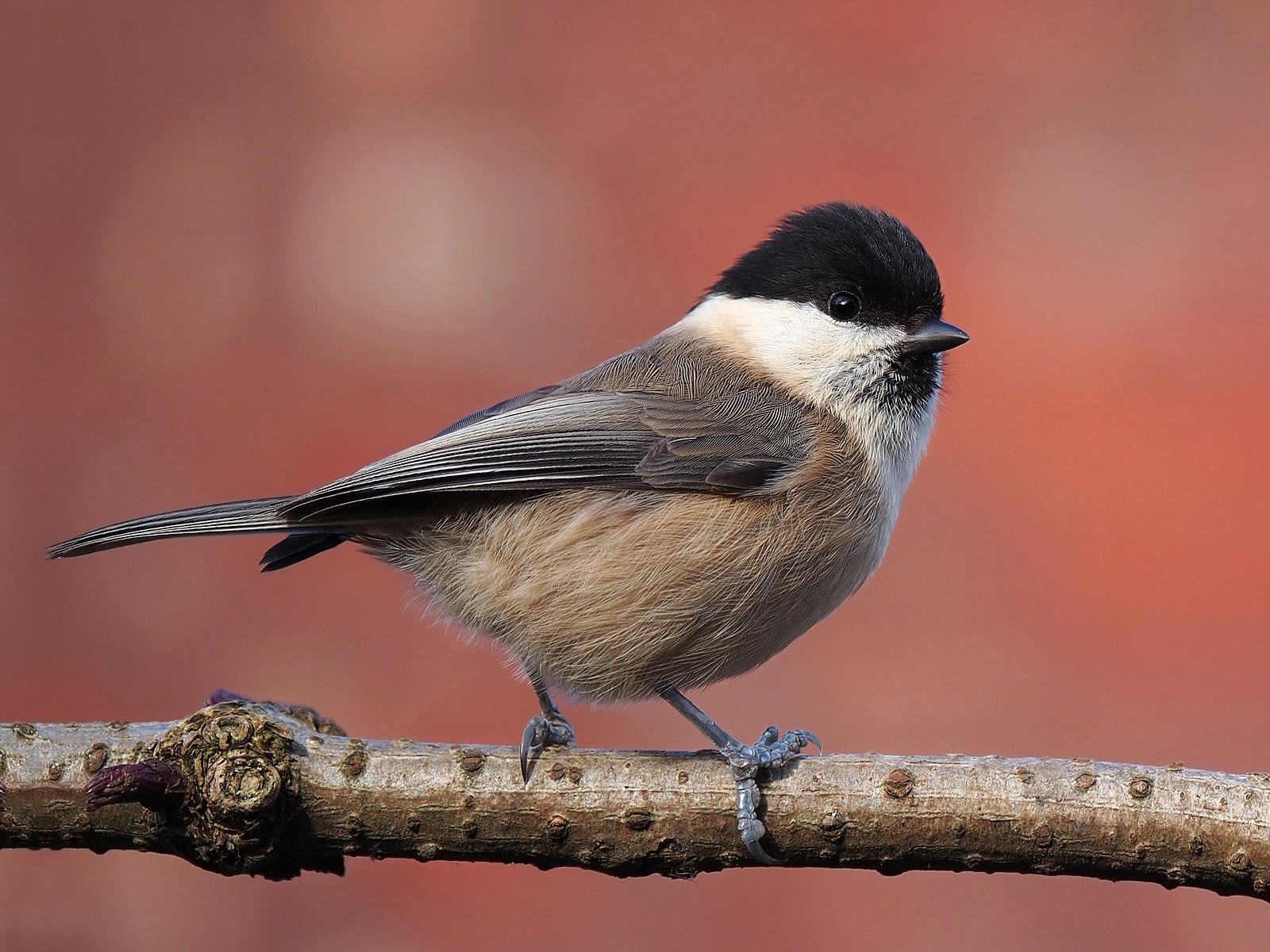
Willow Tit by Francis C. Franklin Via Wikimedia Commons
Willow Tit by Francis C. Franklin Via Wikimedia Commons
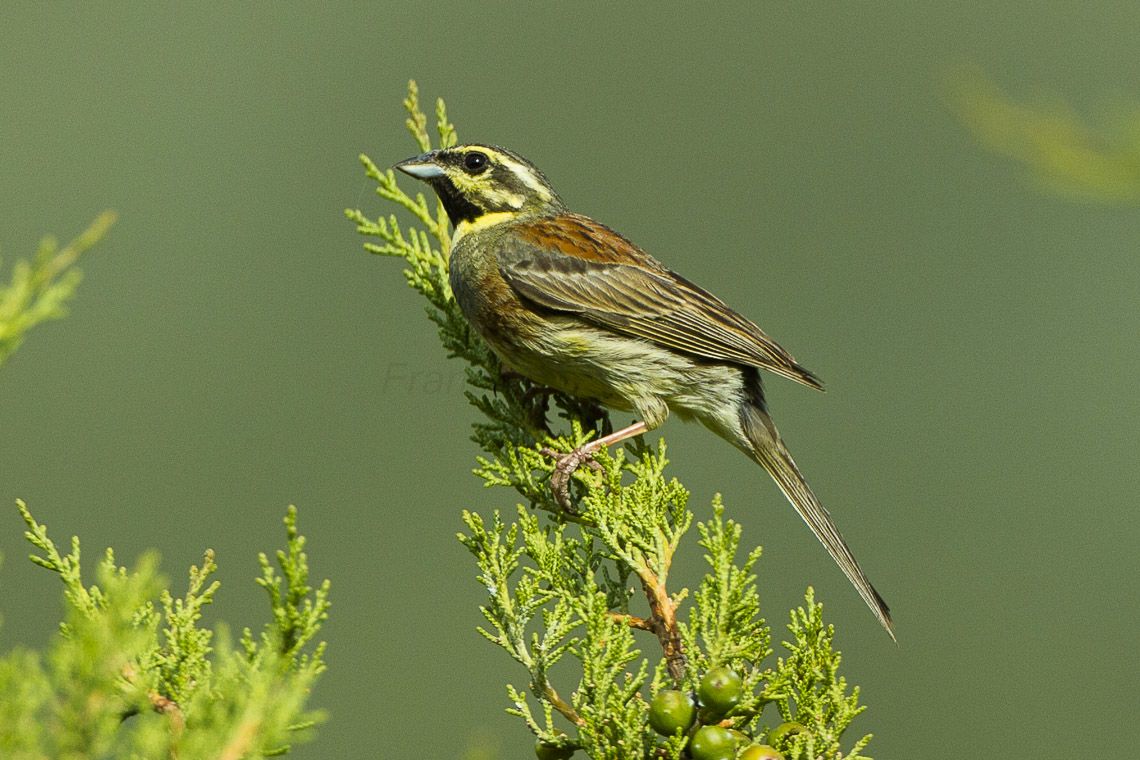
Cirl Bunting by Francesco Veronesi Via Wikimedia Commons
Cirl Bunting by Francesco Veronesi Via Wikimedia Commons
Upland Birds
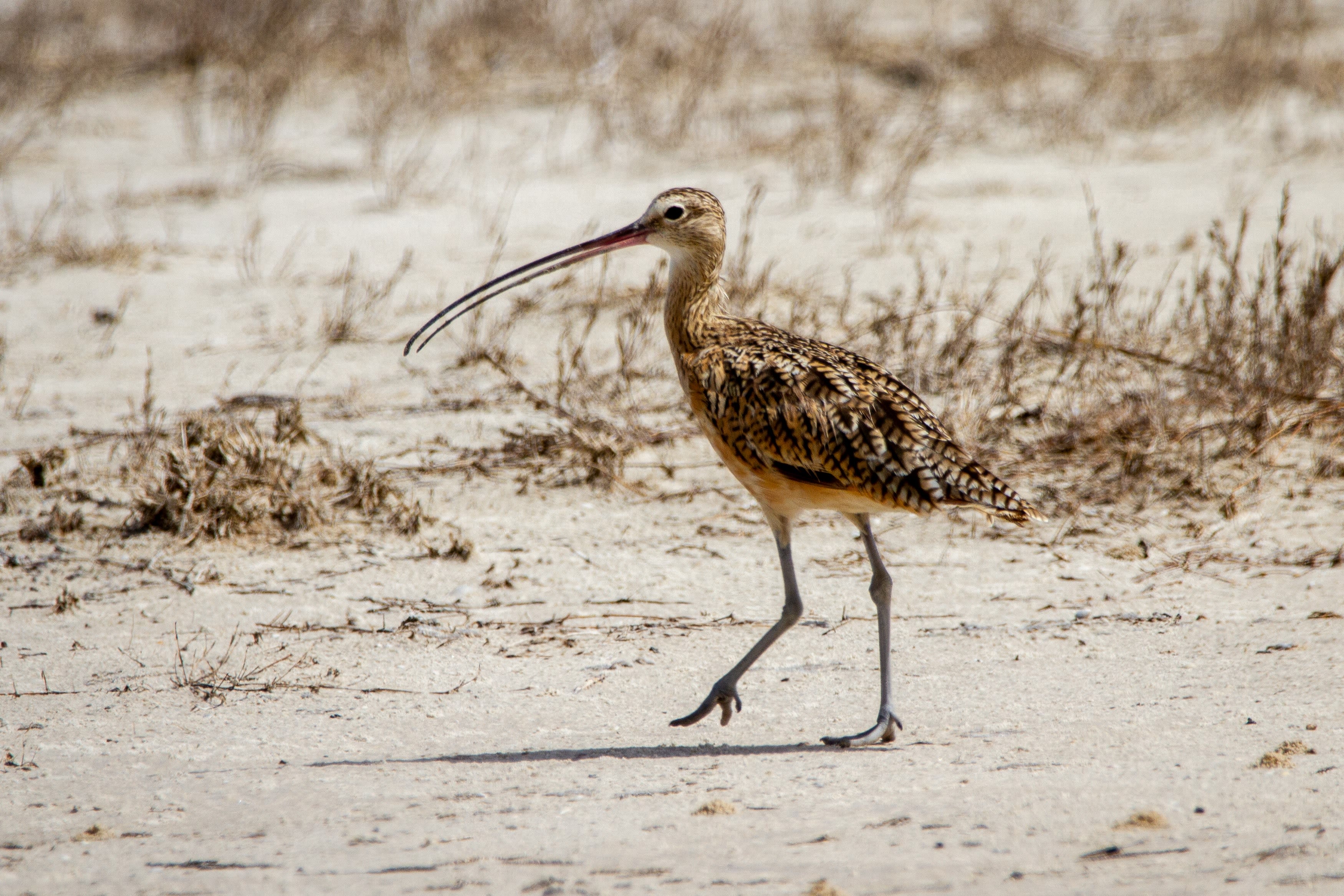
Upland Birds are the first type that will be affected, according to Mr Hughes. These are birds like the Black Grouse, Curlews, and Lapwing – all three are on the red list of conservation concern.
Upland habitat is defined as being over 300 metres elevation, including bogs, marshes, moorland, and mountains. There are many of these areas within the UK.
Following an analysis of the projected relationship between warming temperature and bird species, published in Birds of Wales Adar Cymru, Mr Hughes found that by 2100 all upland birds in Wales are likely to be extinct.
He explained that upland bird species are used to colder temperatures, which means that as the UK’s climate warms, they will move higher up their habitat or further North in search of colder temperatures.
“This means that the upland species like Merlin, Black Grouse, and Golden Plover whose habitat this is, will be most at risk of being lost,” said Mr Hughes.
Expanding on this, Mr Hughes explained that Black Grouse will be at risk due to the increasing rains that climate change will bring to the area. If it rains heavily in the first two weeks of the chicks hatching, most of them will die.
“We may have to translocate species in order to give them a helping hand, particularly on a European level because the water between Southern England and France will stop natural species movement,” Mr Hughes added.
This is due to the fact that many upland species do not have the capability to fly long distances in the same way that migratory birds do.
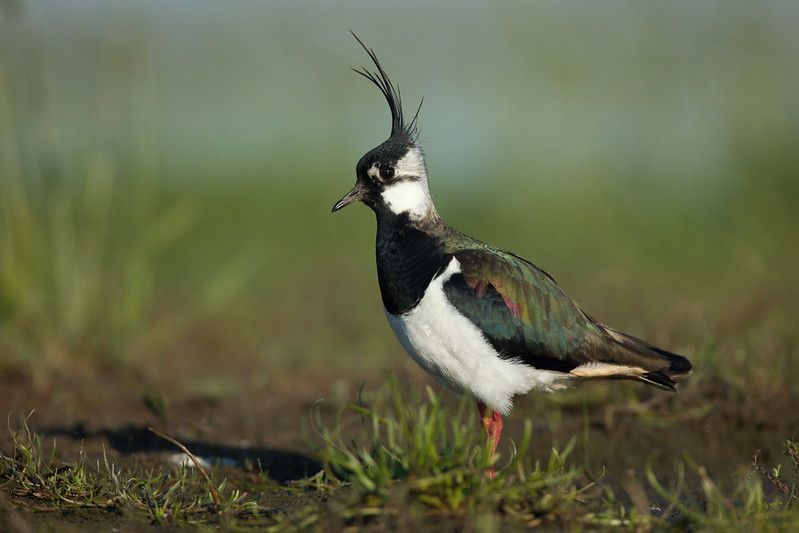
Lapwing by Andrej Chudý Via Flickr
Lapwing by Andrej Chudý Via Flickr
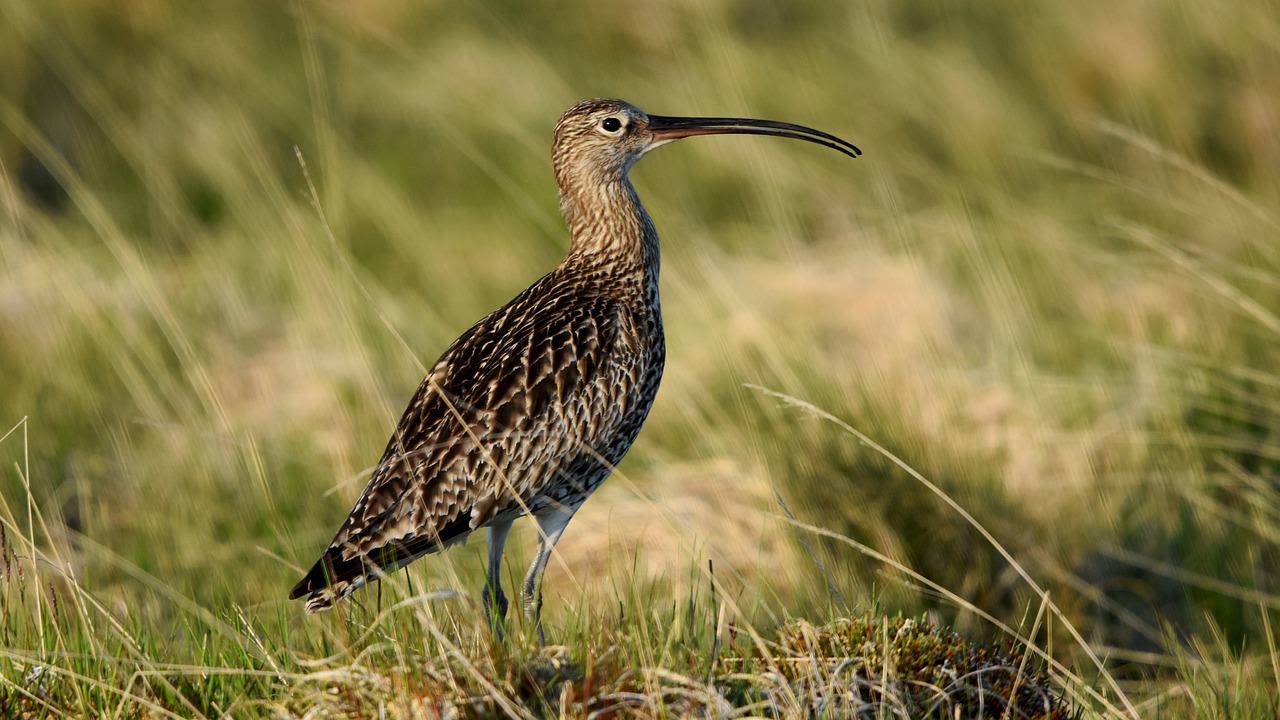
Curlew by Dpexcel Via Pixabay
Curlew by Dpexcel Via Pixabay
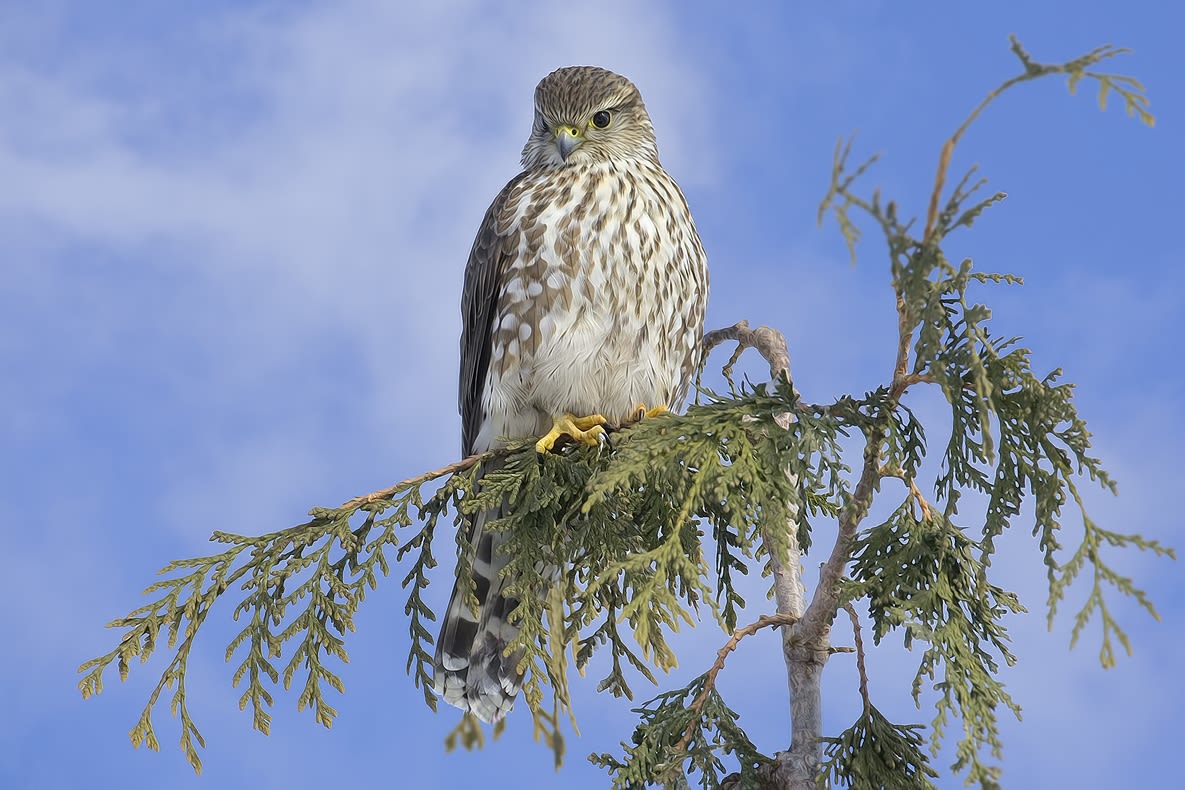
Merlin by Alan D. Wilson Via Wikimedia Commons
Merlin by Alan D. Wilson Via Wikimedia Commons
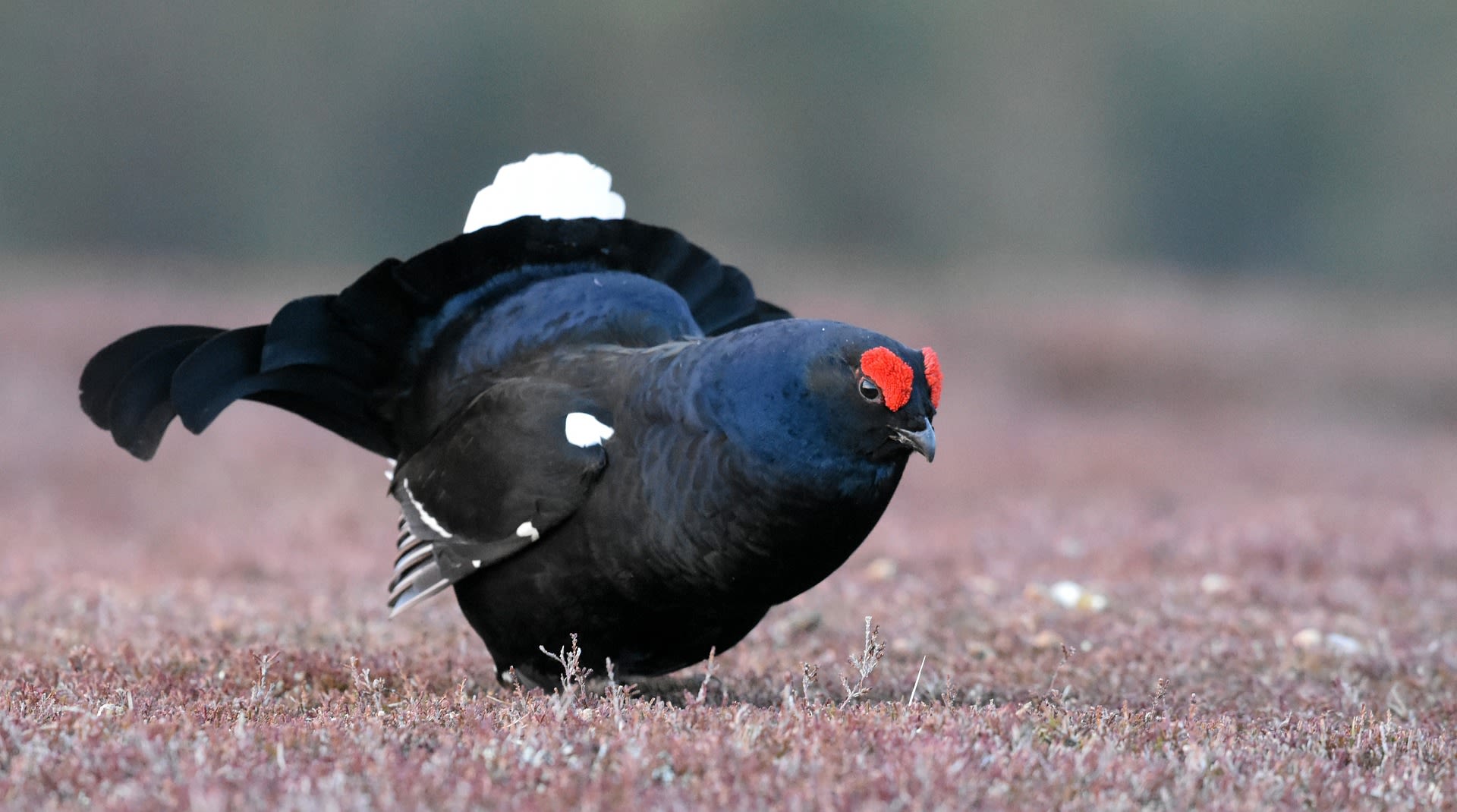
Black Grouse by Jayne Simmons Via Pixabay
Black Grouse by Jayne Simmons Via Pixabay
Seabirds
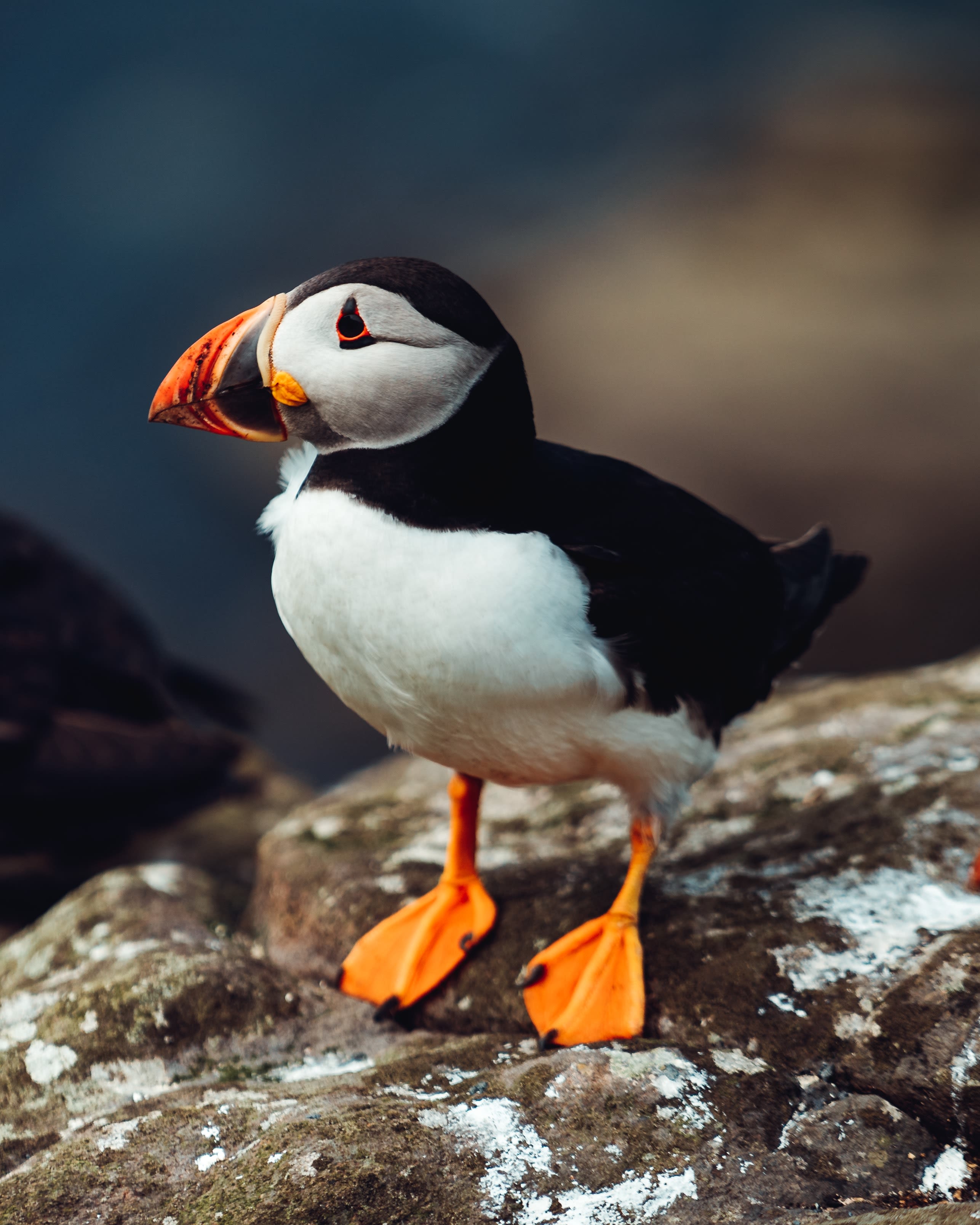
Seabirds are species that live on the coast and feed on fish, these include some migratory birds.
Mr Hughes identified that these birds will be affected by climate change as their food sources are reduced with the warming sea.
This may be because their prey moves further out to sea where the water is cooler, meaning birds will have to fly further to feed.
“There is a maximum distance each species can fly, they can only nest on land so there is only so much energy seabirds can use to bring food back to their chicks.
“If their food supply goes six kilometres out, they can't get it. Then you could have complete breeding failure,” he said.
In addition to an increasing distance seabirds may have to fly, the prey itself is predicted to decrease in quantity as climate change warms the seas.
Professor Pearce-Higgins explained that seabirds rely on small fish, particularly sandeels which feed on types of plankton which themselves are threatened by climate change.
In cooler seas, there is a lot of plankton as the water flowing in from the North Sea brings nutrients with it. According to the Professor, when the seas warm, the seasonal flow of nutritional resources does not coincide with seabird breeding times.
The Director of Science at BTO said that this lack of nutrients means that the plankton abundance does not match up with the timings of sandeel breeding, an essential time for them. As a result, this reduces the quality and quantity of the sandeels for seabirds.
Coupled with Avian flu, which is currently devastating Scottish and Shetland sea birds, climate change and other habitat pressures could wipe some species out in the UK in the future.
“Seabirds are some of the most vulnerable groups to climate change and we anticipate some quite big losses. Many of our seabird populations could half or more by the end of the century,” said Professor Pearce-Higgins.
Seabirds are particularly at risk because they live for such a long time so they do not reach breeding age for many years.
This makes it difficult to grow populations again after a significant loss in numbers.
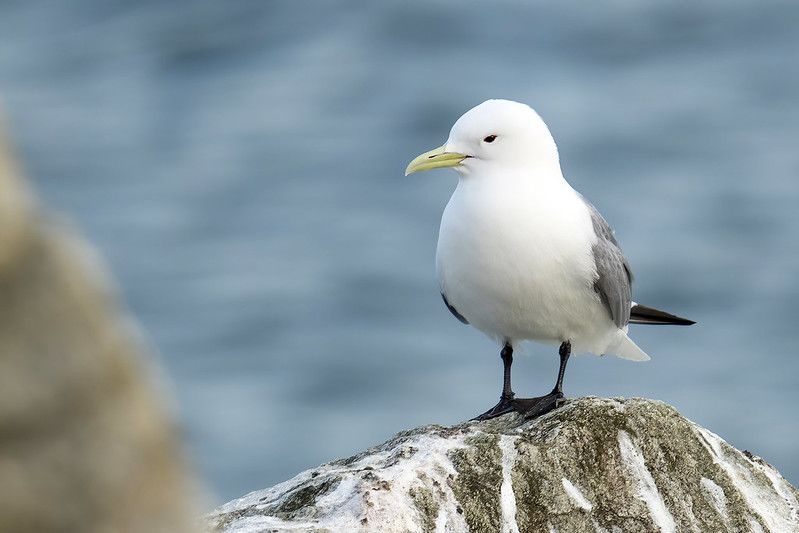
Kittiwake by Mick Thompson Via Flickr
Kittiwake by Mick Thompson Via Flickr
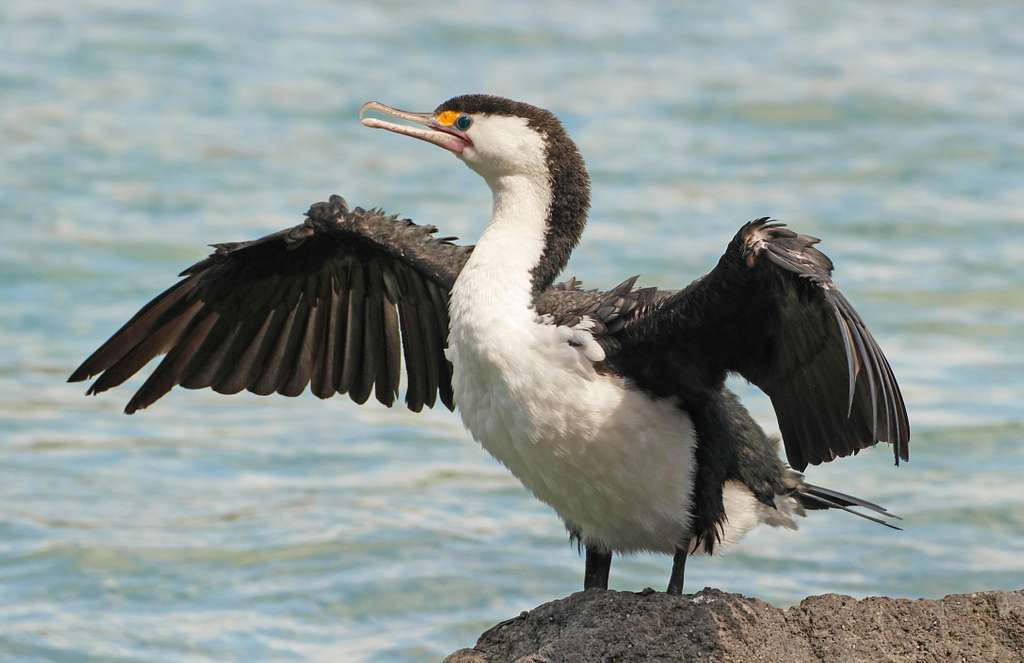
Shag by Bernard Spragg Via Picryl
Shag by Bernard Spragg Via Picryl
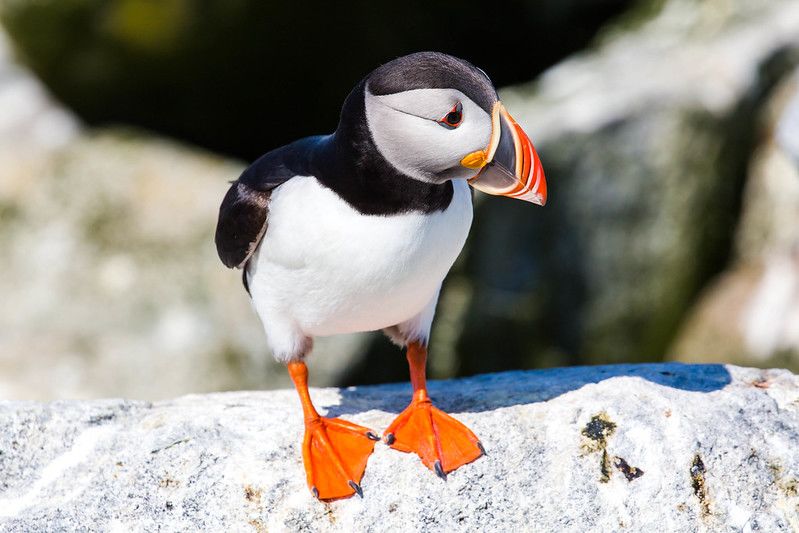
Puffin by Matt MacGillivray Via Flickr
Puffin by Matt MacGillivray Via Flickr

Balearic Shearwater by Pardela-do-mediterraneo Via Flickr
Balearic Shearwater by Pardela-do-mediterraneo Via Flickr
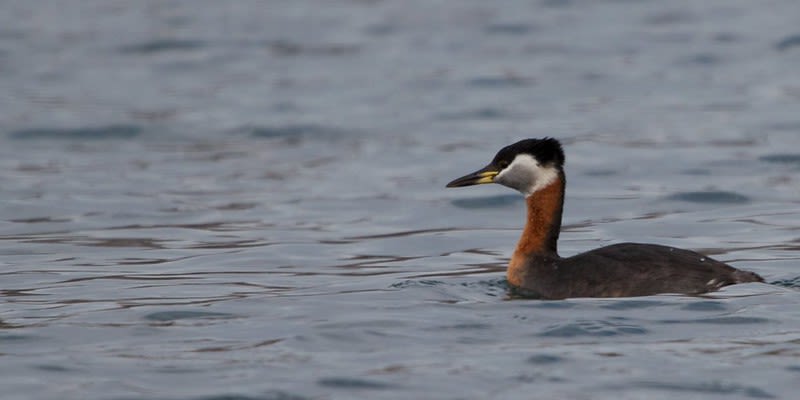
Red-necked Grebe by Melissa McMasters Via Flickr
Red-necked Grebe by Melissa McMasters Via Flickr
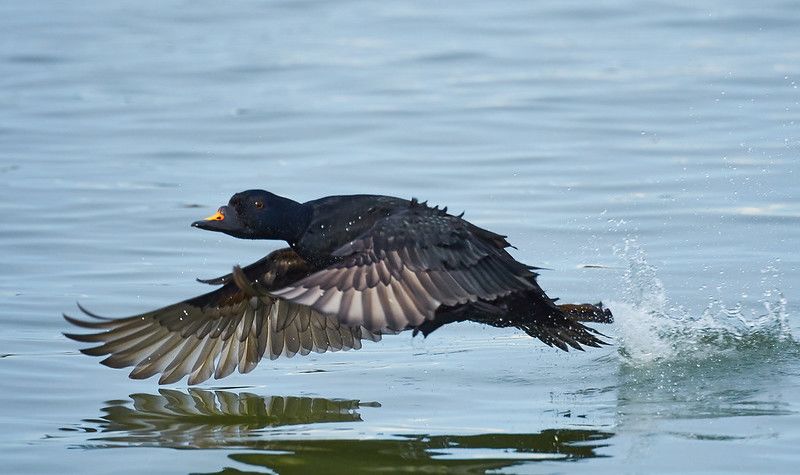
Common Scoter by Frank D. Lospalluto Via Flickr
Common Scoter by Frank D. Lospalluto Via Flickr
Migratory Birds
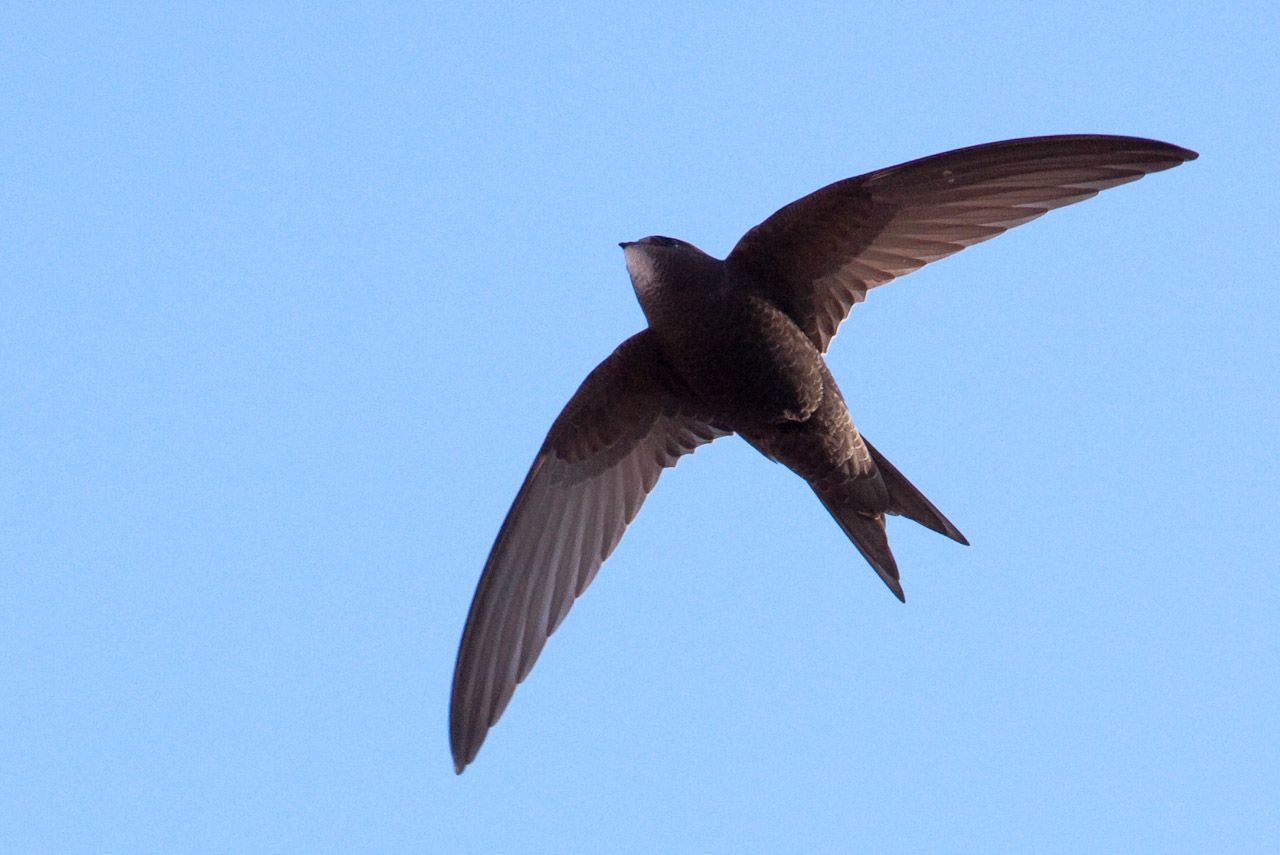
Unlike other types of birds, migratory species are threatened by climate change in the UK and other countries on their passage.
Mr Hughes said: “For the birds who fly to the UK across the Sahara Desert, there will be less water available due to climate change. This means their supplies of food and water will be exhausted on their journey.”
Many migratory birds live on the coast, so they are also vulnerable to threats sea birds face.
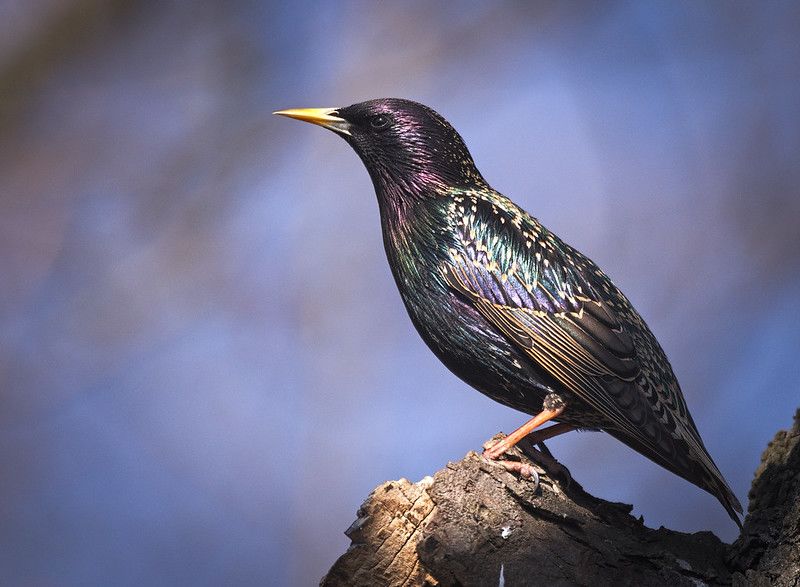
Starling by Hedera.baltica Via Flickr
Starling by Hedera.baltica Via Flickr
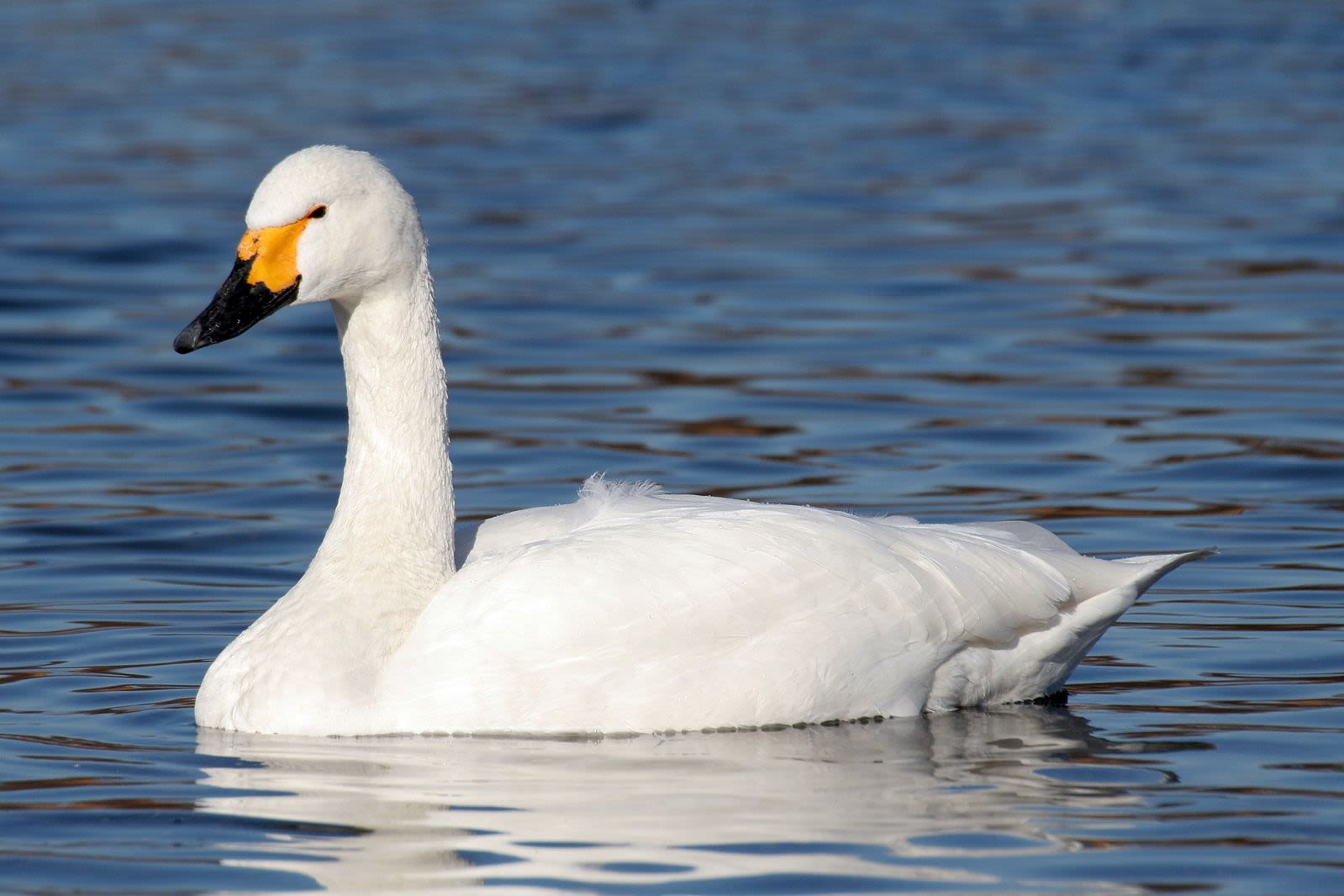
Bewick’s Swan by Maga-chan Via Wikimedia Commons
Bewick’s Swan by Maga-chan Via Wikimedia Commons
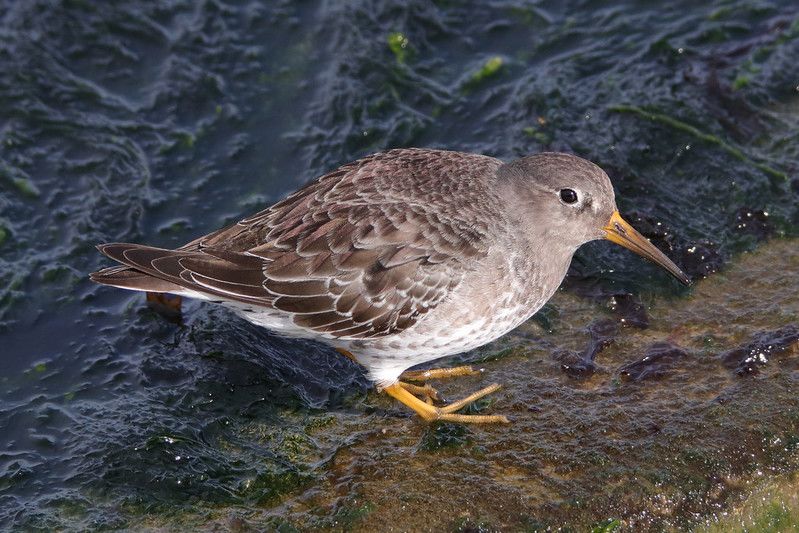
Purple Sandpiper by Mark Kilner Via Flickr
Purple Sandpiper by Mark Kilner Via Flickr
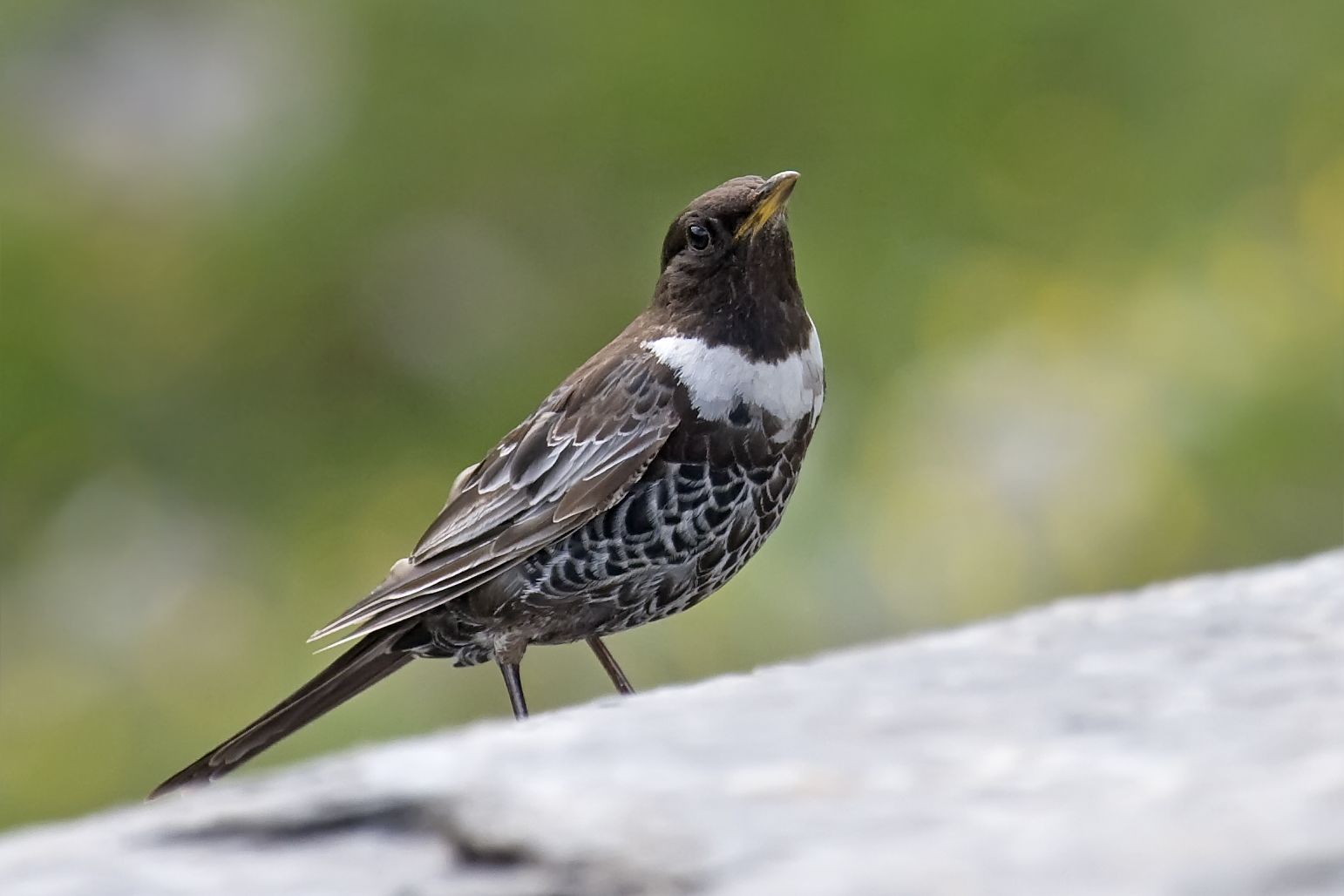
Ring Ouzel by Andreas Trepte Via Wikimedia Commons
Ring Ouzel by Andreas Trepte Via Wikimedia Commons
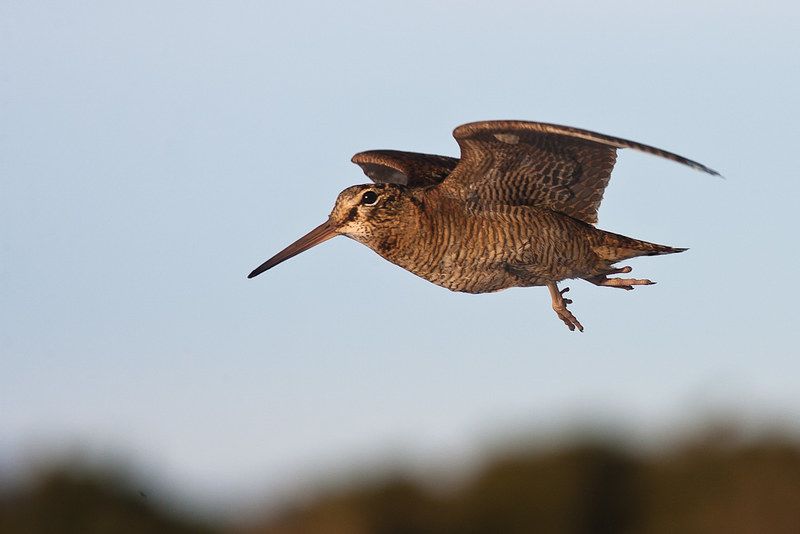
Woodcock by Craig Nash Via Flickr
Woodcock by Craig Nash Via Flickr
Garden Birds
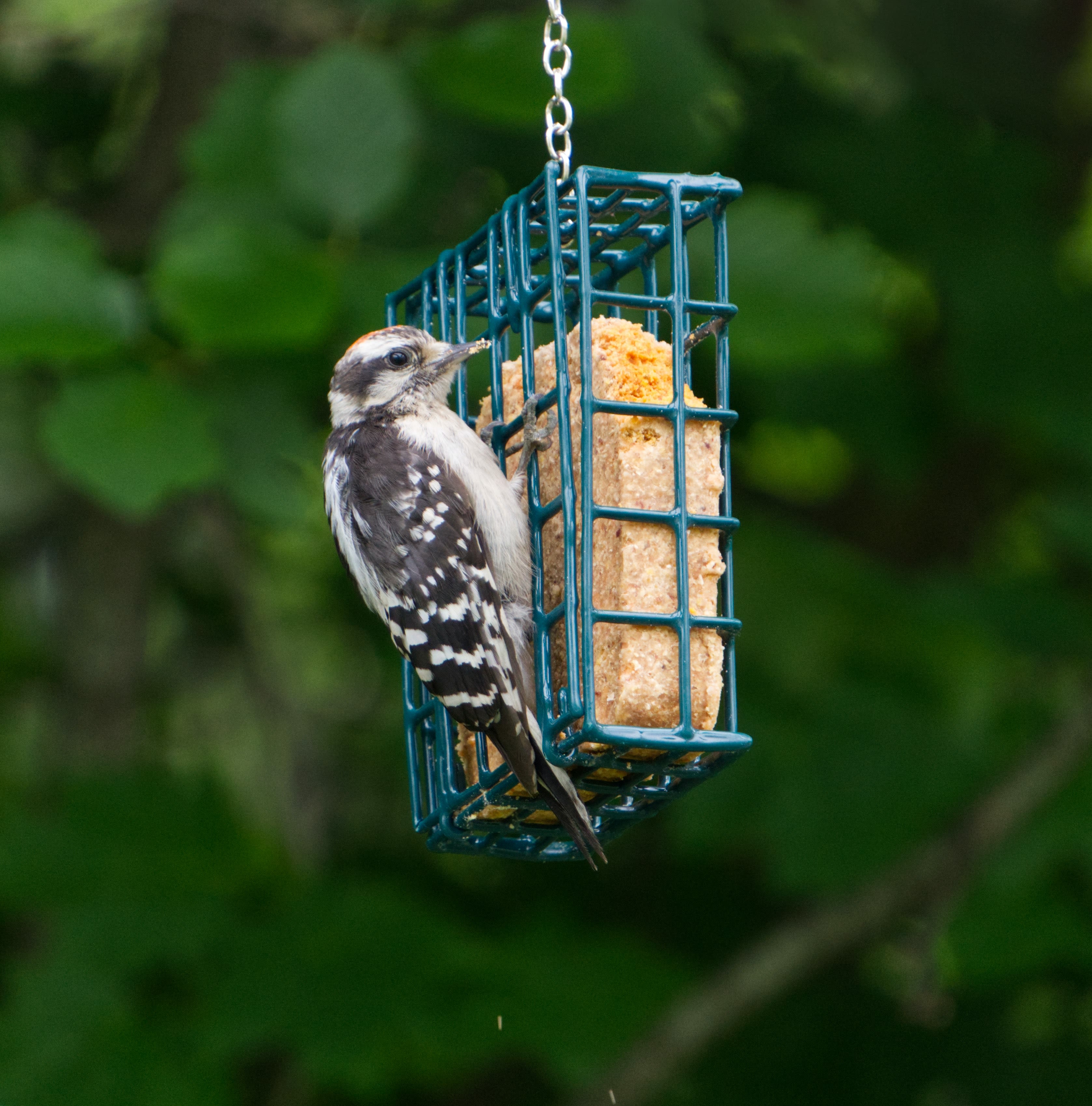
Climate change is likely to impact some garden birds through the availability and quantity of their food sources.
Species that rely on Earthworms, particularly Thrushes and Blackbirds are threatened by the hot dry summers. When the top layer of soil dries out in the summer, Earthworms burrow deeper into the ground meaning that they are too deep for birds to find.
The Professor said: “Song Thrushes and Mistle Thrushes in particular have declined in the Southeast of England. That is potentially because it dries out more in the summer.”
Without Earthworms, these birds will struggle to feed during nesting season and when the chicks begin to fly.
Robin chicks by Jack Baddams
Robin chicks by Jack Baddams
“One way to help keep garden birds healthy would be to keep the ground moist, either by watering it, adding more shade with plants or putting down moisture-holding compost.
“Another way would be to put out food that replicates their natural food like mealworms,” said Professor Pearce-Higgins.
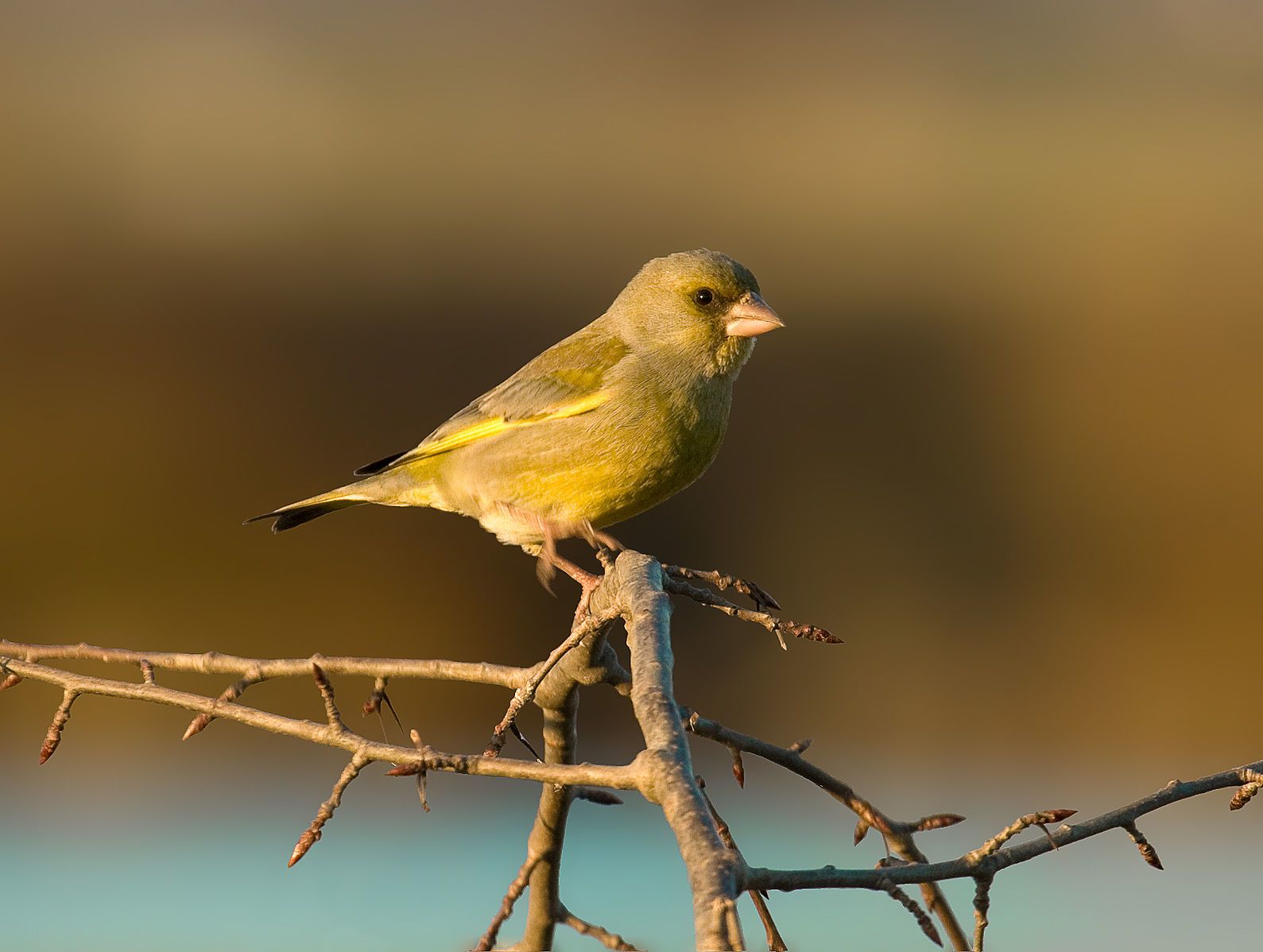
Green Finch by Andreas Trepte Via Flickr
Green Finch by Andreas Trepte Via Flickr
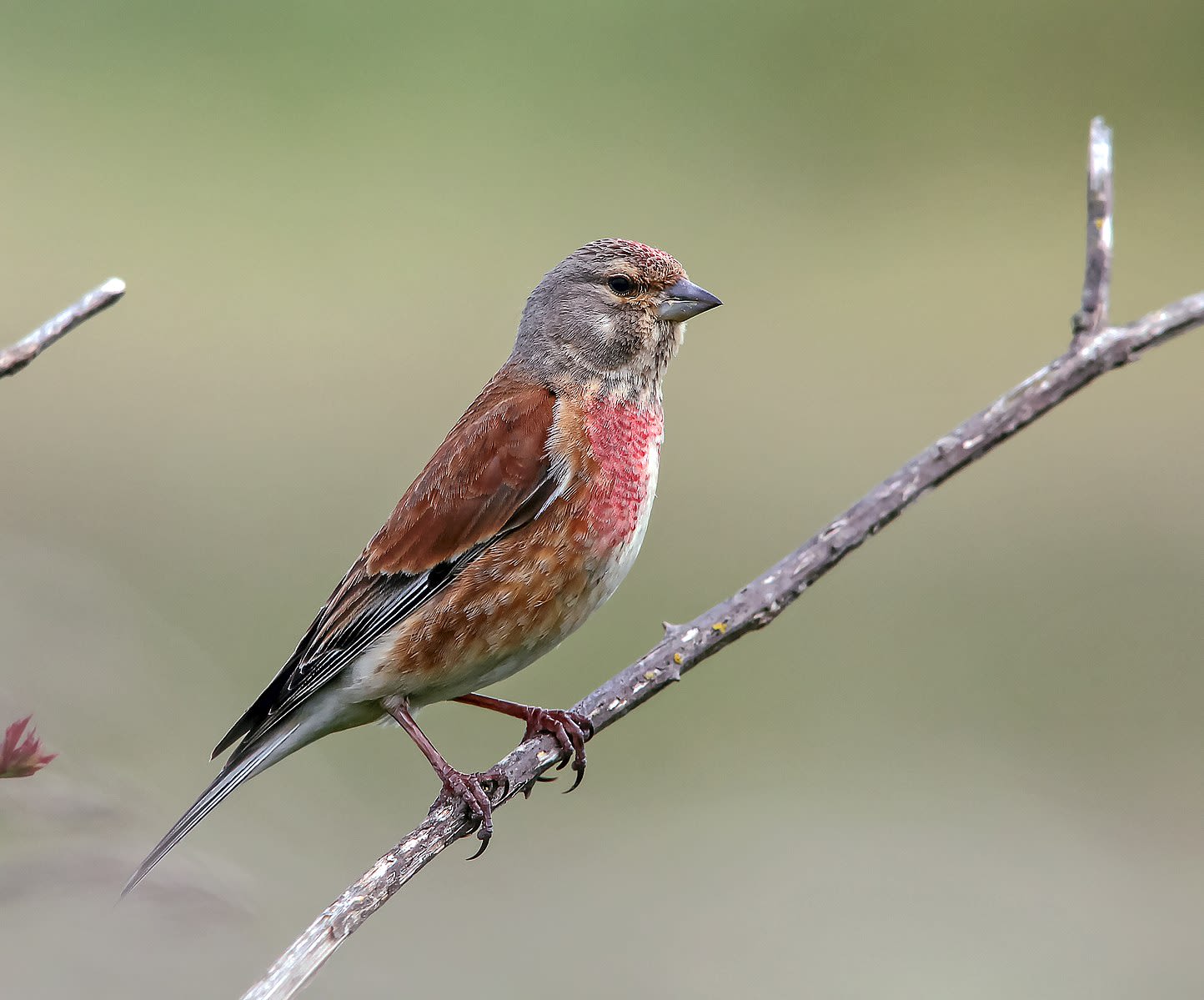
Linnet by Joe Pell Via Wikimedia Commons
Linnet by Joe Pell Via Wikimedia Commons
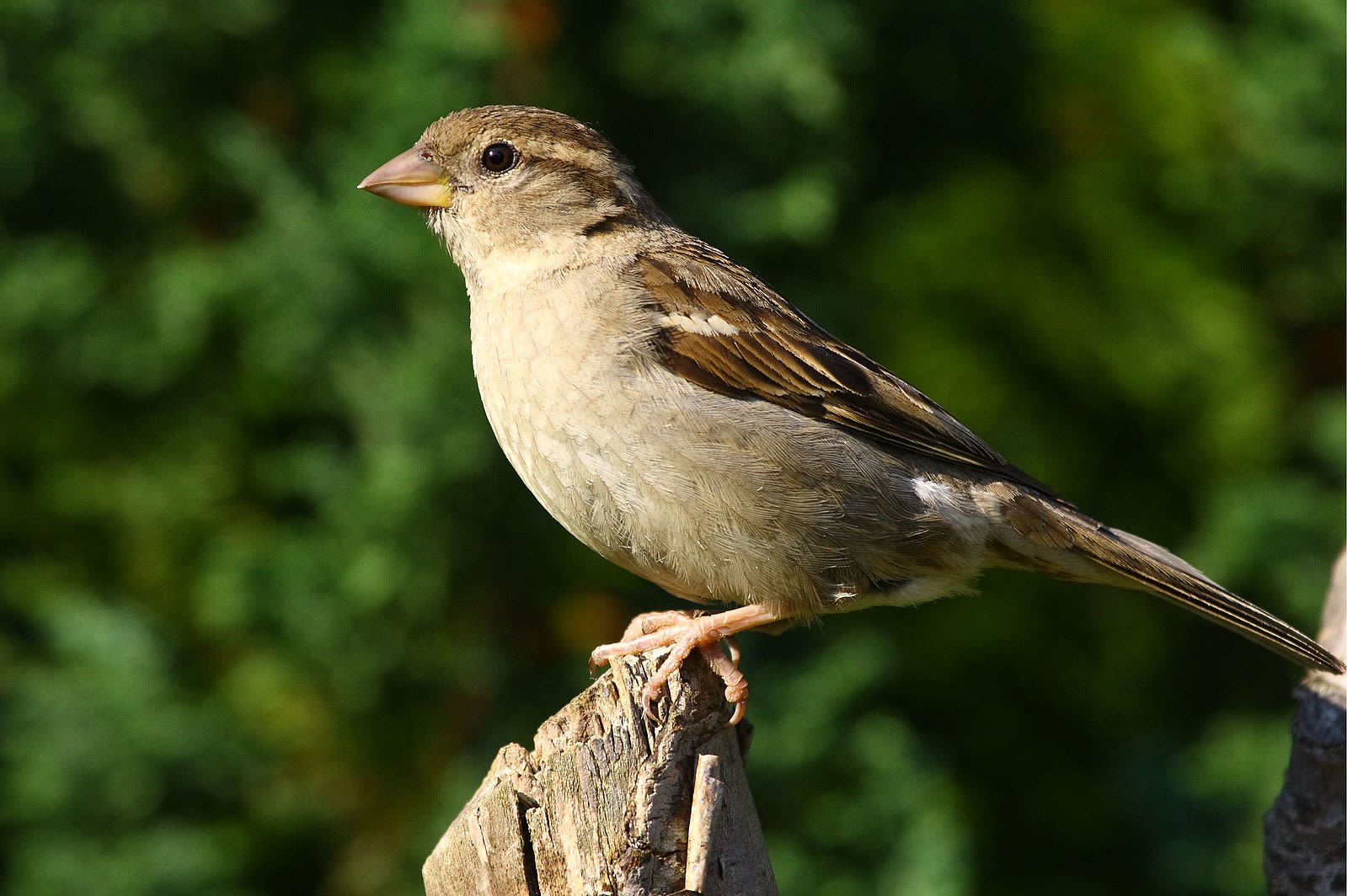
House Sparrow by David Friel Via Wikimedia Commons
House Sparrow by David Friel Via Wikimedia Commons
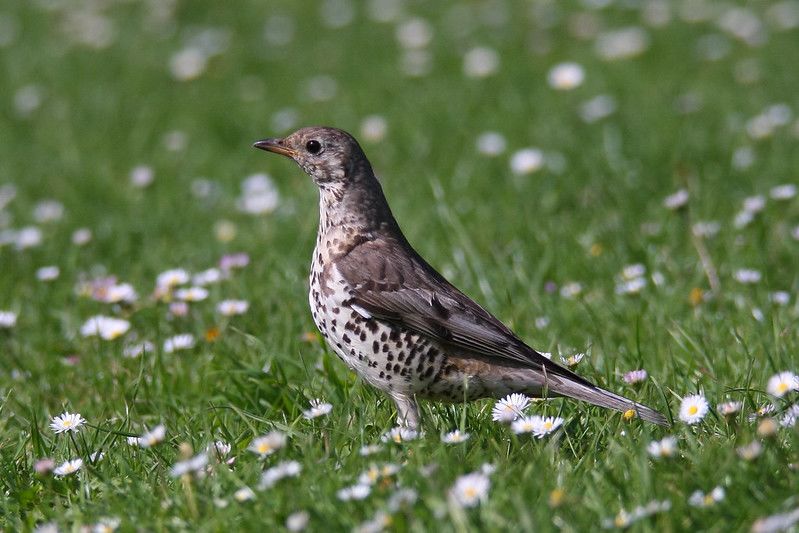
Mistle Thrush by Mark Kilner Via Flickr
Mistle Thrush by Mark Kilner Via Flickr
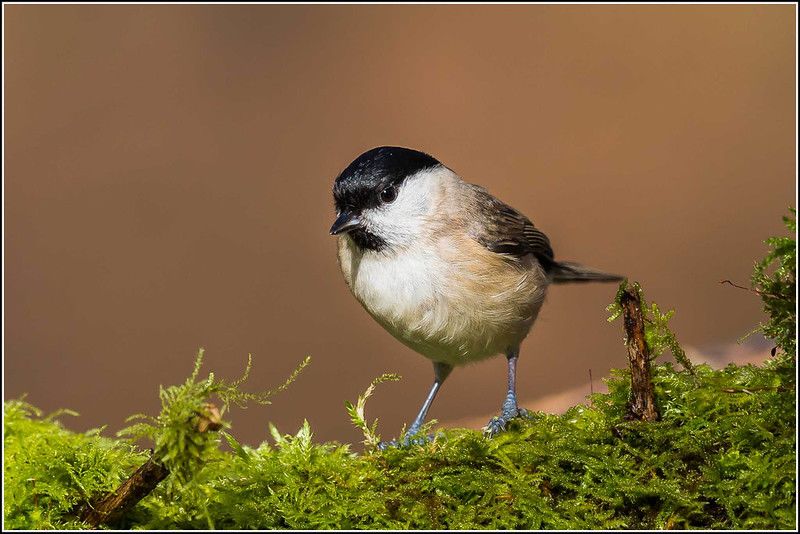
Marsh Tit by Smudge 9000 Via Flickr
Marsh Tit by Smudge 9000 Via Flickr
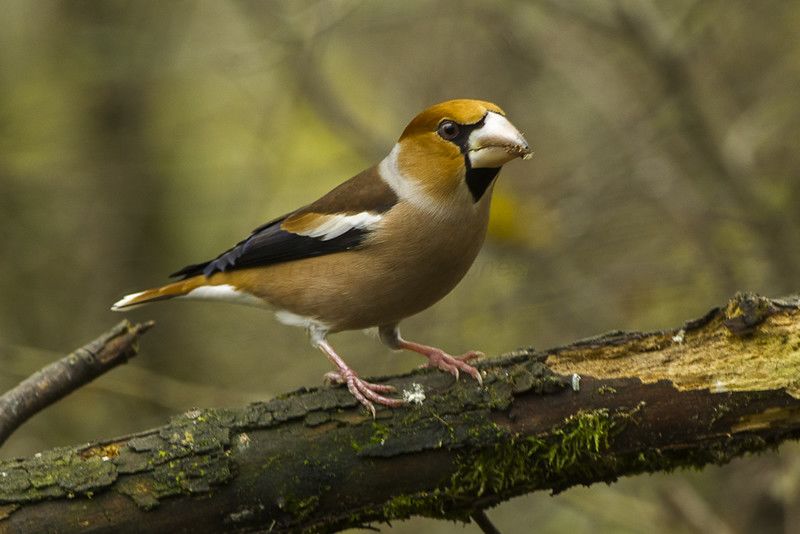
Hawfinch by Francesco Veronesi Via Flickr
Hawfinch by Francesco Veronesi Via Flickr
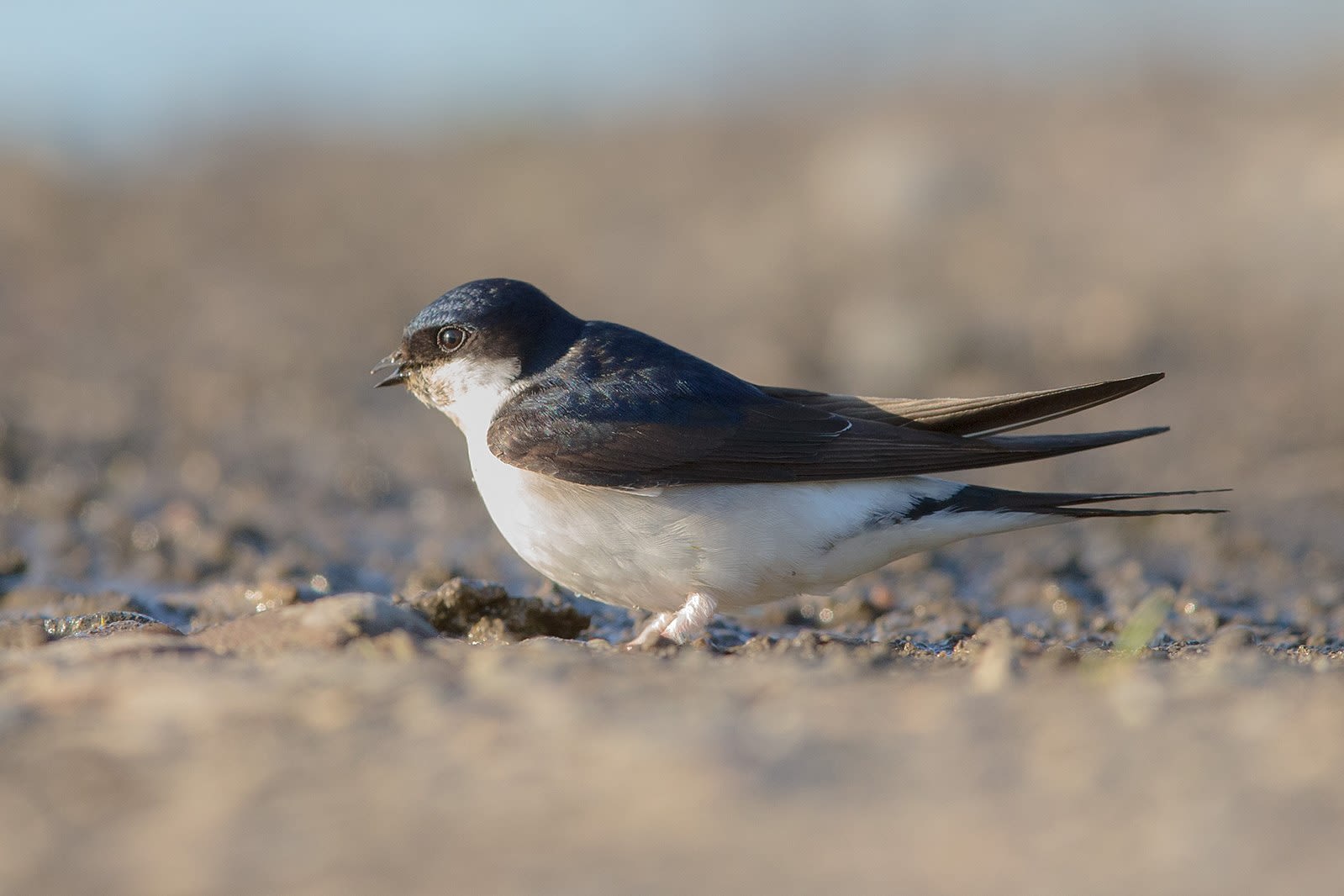
House Martin by Andreas Trepte Via Wikimedia Commons
House Martin by Andreas Trepte Via Wikimedia Commons
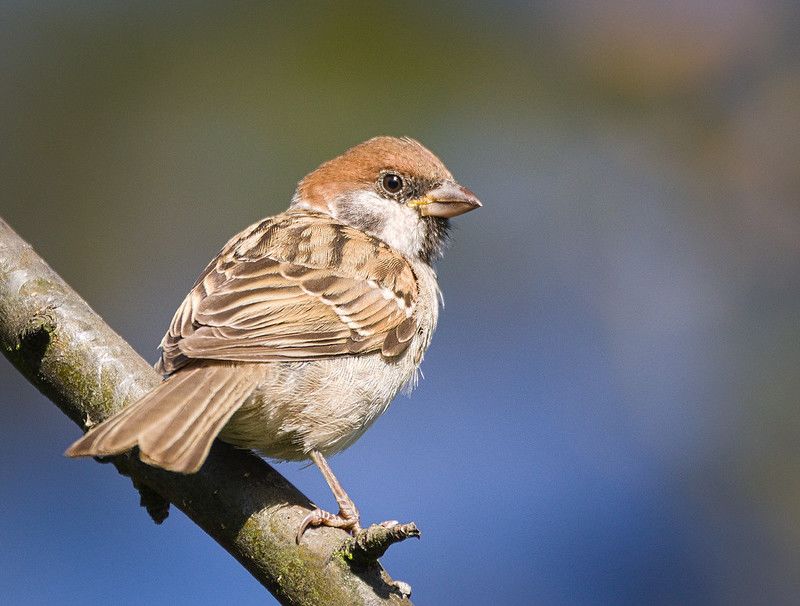
Tree Sparrow by Hedera.baltica Via Flickr
Tree Sparrow by Hedera.baltica Via Flickr
Solutions
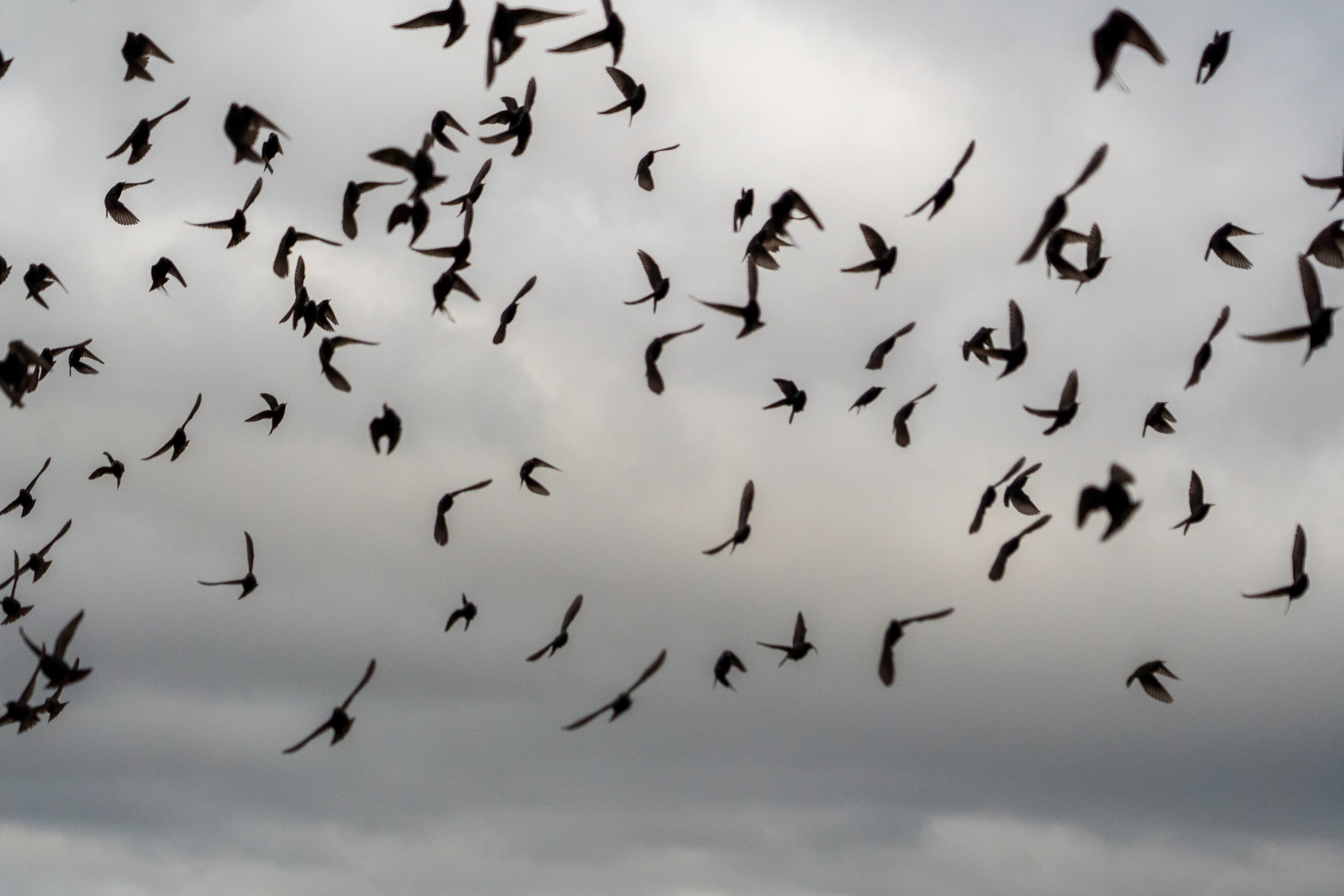
Both bird experts agree that we can mitigate the effects of climate change on the UK’s bird population.
Mr Hughes said that voting for the right government and holding politicians to account throughout their political careers is essential.
He added that natural based solutions like wetlands and peatlands will be instrumental in reimagining how land is used.
“Increasingly the RSPB is looking to collaborate with adjacent landowners, particularly those of a similar mind where we can actually do those things together,” Mr Hughes said.
The UK is in the process of transitioning from fossil fuels to renewable energy to meet its 2050 net zero goal, which is to remove as much carbon as the nation emits, but there can be downfalls for wildlife.
Professor Pearce-Higgins explained that this change will need to be done carefully as many species of seabird, including the Kittiwake, are at risk from wind turbine farms.
He said: “We can identify where the important hotspots sea birds are relying on for food are and avoid building there. It would then be possible to have the renewable energy we need while minimising the biodiversity impacts.”
The Professor noted that as the climate changes these hotspots may also change, but it will be possible to identify future hotspots due to similar characteristics.
“There is a lot of evidence of species shifting their distributions in response to climate change, but they tend to shift within the same type of habitats.”
Mr Hughes suggested that a solution for the public would be to let gardens grow out more naturally by not mowing them and letting wildflowers grow.
In urban areas, he suggested people call on their local authorities to ensure the city green space is appropriate for birds.
Mr Hughes said: “The decisions we make today are going to affect society for decades. Therefore, we have got to make the right decisions.”
Professor Pearce-Higgins said identified that birds will act as the “canary in the coalmine” for how the rest of the ecosystem is effected by climate change.
Click here for the full list of red and amber listed UK birds:
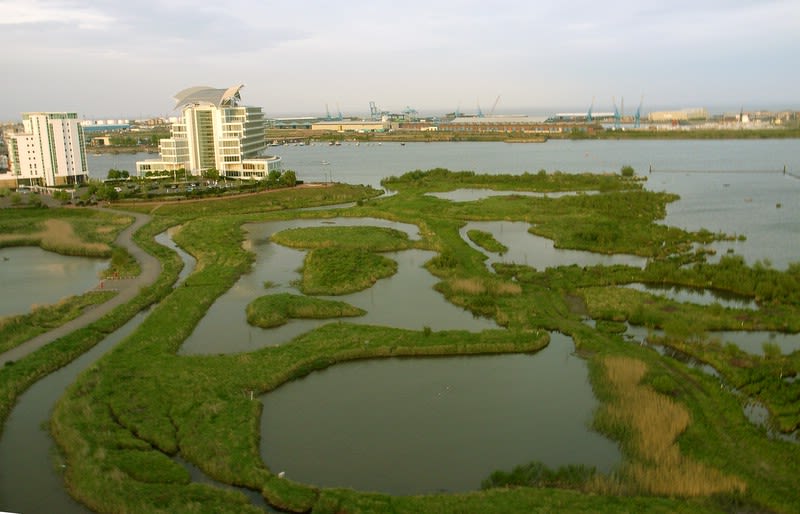
Cardiff Bay wetland reserve by Nick Russill Via Wikimedia Commons
Cardiff Bay wetland reserve by Nick Russill Via Wikimedia Commons
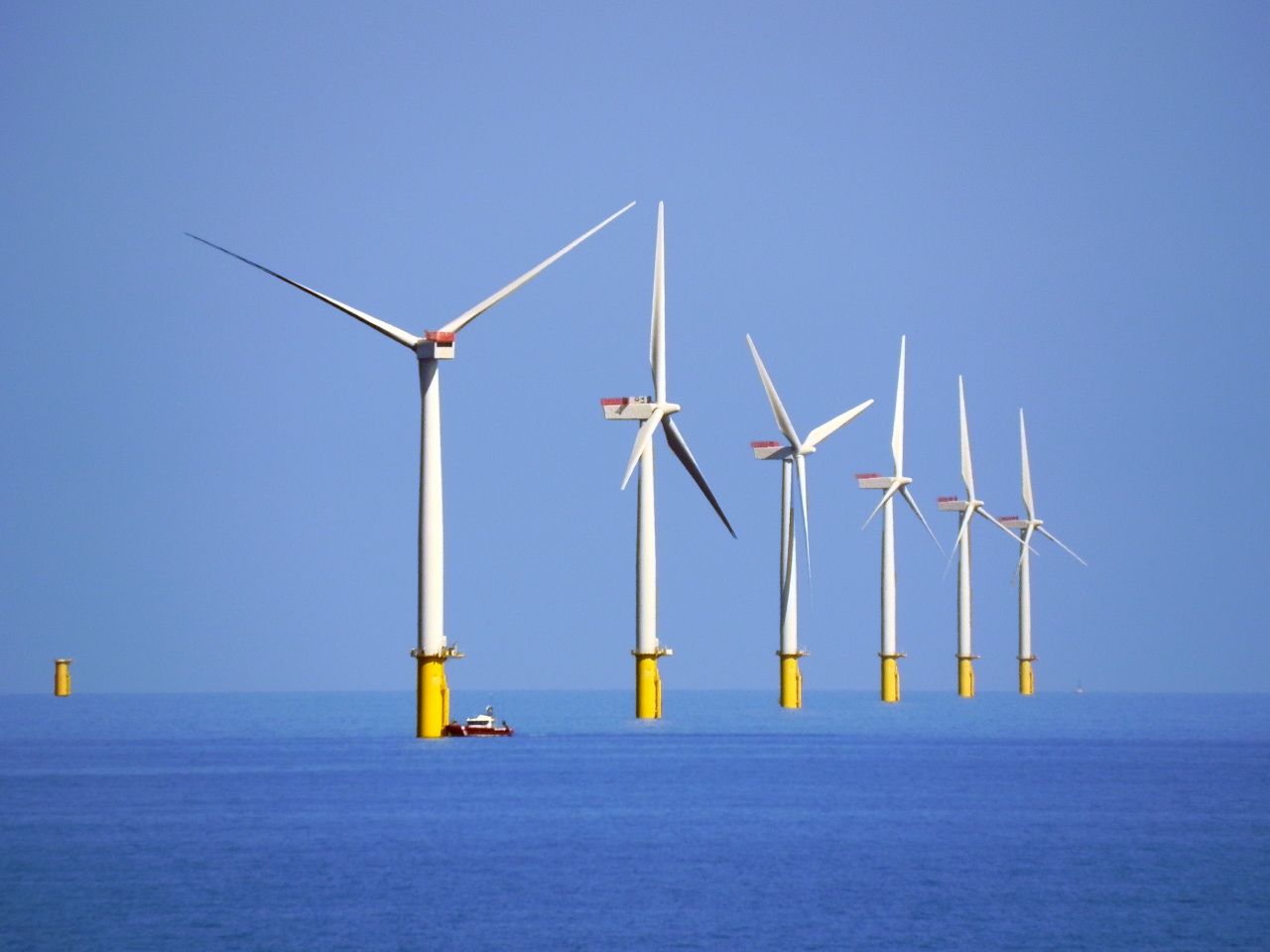
David Dixon / Walney Offshore Windfarm / CC BY-SA 2.0 via Wikimedia Commons
David Dixon / Walney Offshore Windfarm / CC BY-SA 2.0 via Wikimedia Commons
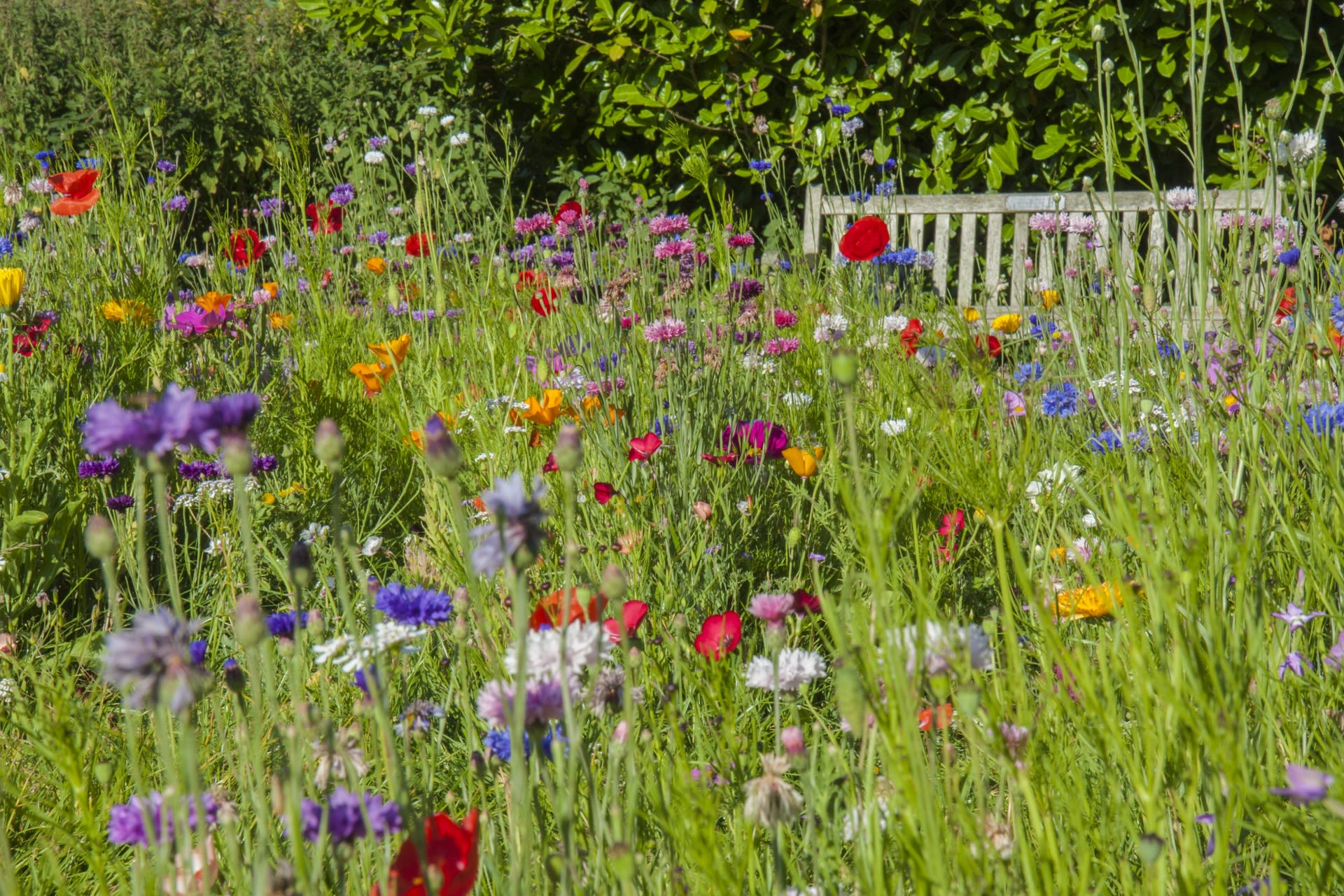
Wild flower garden by Karen Arnold via Public Domain Pictures
Wild flower garden by Karen Arnold via Public Domain Pictures

